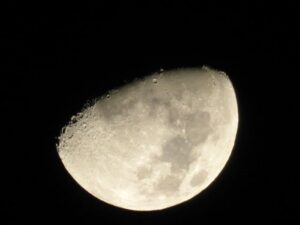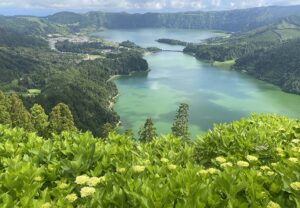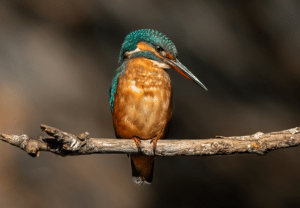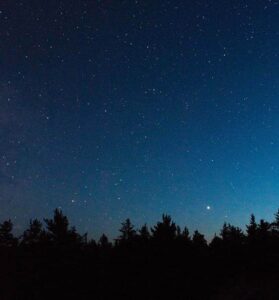By SHIRLEY EMILIO, Crystal Clear Skincare features@algarveresident.com
The ancient Egyptians relied on a cream for spots made from bullocks’ bile, ostrich egg, olive oil, salt and plant resin, mixed to a paste with flour and milk.
That sounds marvellous, I hear you say, let me rush out and get a pot right this minute! After the summer, everyone has started to remember that treating your skin does takes a little effort, attention and time, and we’ll pass on the bullocks’ bile this time!
The change of season is a perfect time to give you a chance to repair any summer sun damage and prepare your skin for cooler temperatures.
Many of us suffer bouts of skin sensitivity, redness, and irritation when the seasons change and most recently we have seen a lot of people who have had acne outbreaks. Over exposure of the skin during the summer may mean that the skin is suffering from dehydration too, a moisturising and hydrating mask once a week is very beneficial.
Non-inflammatory
Whiteheads are plugged follicles below the surface of the skin.
Blackheads are enlarged plugs, appearing dark in colour, that push through the skin’s surface. The black colour is a build-up of the normal skin pigments from dead cells (the same pigment that is responsible for a suntan. It isn’t dirt.
Inflammatory
Papules develop as firm, pink bumps that feel tender to the touch.
Pustules are small, round lesions with a red base and yellowish or white centre.
Nodules/cysts, a severe form of acne, are very large and painful and can result in scarring.
The skin contains millions of sebaceous glands that secrete grease and sebum through the skin pores on to the surface of the skin. Normally, sebum simply helps to keep the skin healthy.
A spot forms when a pore becomes blocked by a plug of dead skin cells mixed with sebum. This tends to happen when the sebaceous gland produces more sebum than usual.
The bacteria that normally live on the surface of the skin move into the blocked pore; this can result in pus formation, leading to yellow spots, redness and inflammation. In some people, these inflamed spots can become large and lumpy.
Spots vs. acne
There is no real difference. It’s just a matter of quantity. If you have a few, they are usually referred to as spots, pimples or zits. But if you have quite a lot of whiteheads, blackheads or angry-looking inflamed spots, it is referred to as acne.
Regular exfoliation, cleansing, professional treatments such as microdermabrasion, or specialised light treatments plus a regular routine will help and show significant results by reducing the dead skin cells that are a contributing factor to the development of blackheads and whiteheads.
The reduction of excess skin cells also refines the thick, rough texture associated with oily skin. Acne for some people can be quite disfiguring and needs careful attention.
It is essential to find the right treatment that offers a perfect management programme for acne prone skin, the homecare programme in between treatments is essential to obtaining good results and keeping the skin healthy and acne free.
Did you know?
• The worst ages for spots are between 16 and 18 years for women and 18 and 19 years for men, but people of any age can get them.
• Acne was more severe in teenagers 20 years ago than it is now.
• More people in their 20s and 30s seem to have acne.
• At 40 years of age, five women in 100 and one man in 100 have acne.
• Popping pimples does not make them go away quicker. Doing so may push the bacteria further into the skin, causing more outbreaks.
























